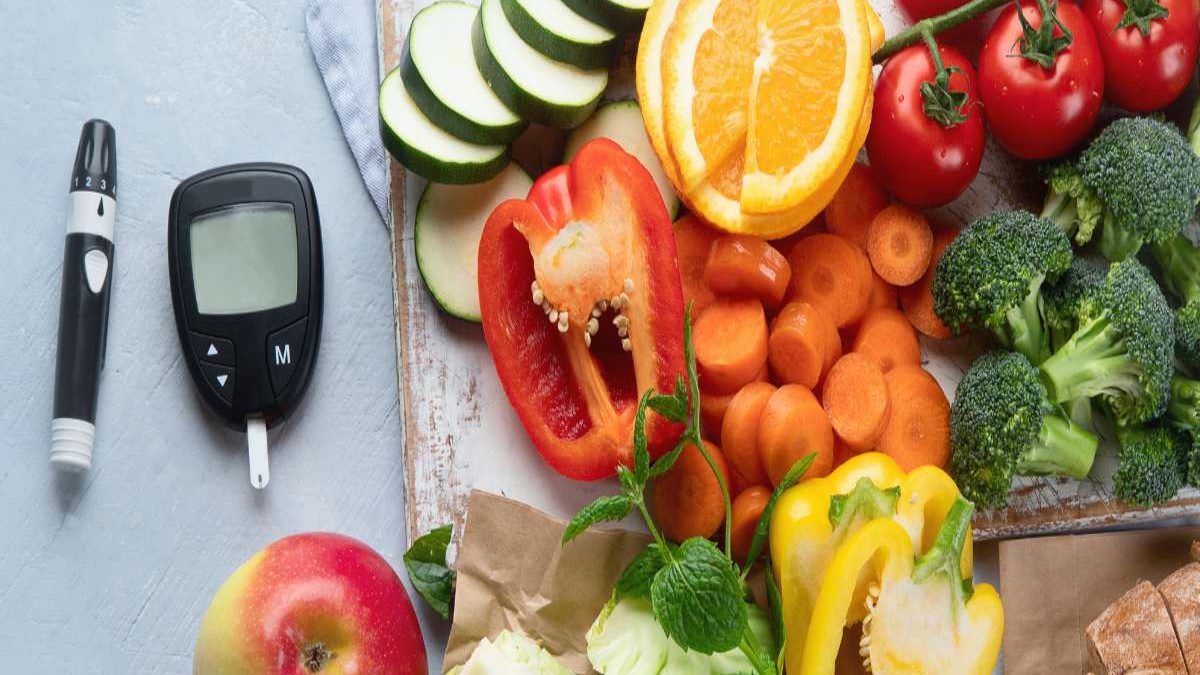When dealing with chronic conditions like diabetes and heart disease, what you eat plays a huge role. Just like how the pieces fit together in a puzzle, the right diet can help manage these conditions effectively.
Managing diabetes, for instance, is a lot like playing a balancing game, similar to the careful strategy you’d employ in a fruit shop slot review. You need to keep your blood sugar levels stable. This means choosing foods that don’t cause a big spike in blood sugar. Whole grains, lean proteins, and lots of fruits and vegetables are great choices. These foods break down slowly in your body, keeping blood sugar levels more stable.
Table of Contents
Heart-Healthy Eating Habits
For heart disease, it’s all about keeping your heart strong and healthy. This means eating foods that are good for your heart. Fatty fish like salmon, which are high in omega-3 fatty acids, are great. So are nuts, seeds, avocados, and olive oil, which have good fats. It’s also important to eat less salt and foods high in saturated and trans fats, like fried foods and some kinds of margarine.
Managing High Blood Pressure
If you have high blood pressure, the way you eat can help a lot. Reducing salt is key. But it’s not just about not adding salt to your food. Many processed foods, like canned soups and frozen dinners, are high in salt too. Eating fresh, whole foods as much as possible is a good approach. Foods rich in potassium, like bananas and sweet potatoes, are also helpful because they can help balance out the effects of sodium in your body.
Diet and Arthritis
When it comes to arthritis, what you eat can make a big difference in how you feel. Arthritis causes pain and swelling in the joints, and some foods can help reduce this inflammation. Think of your diet as a tool to fight against the discomfort of arthritis.
Eating foods rich in anti-inflammatory properties is key. These include fatty fish like salmon, mackerel, and sardines, which are full of omega-3 fatty acids, known to reduce inflammation. Nuts and seeds, like almonds, walnuts, and flaxseeds, are also great choices as they contain healthy fats and vitamins that help your body fight inflammation.
Fruits and vegetables are also superheroes in managing arthritis. Brightly colored fruits like strawberries, blueberries, cherries, and oranges are packed with antioxidants. These substances help protect your body from inflammation. Leafy greens, like spinach and kale, are full of vitamins and minerals that also help combat inflammation. Including a variety of these foods in your diet can help ease the symptoms of arthritis.
Eating for Chronic Kidney Disease
For people with chronic kidney disease (CKD), watching what you eat is really important. Your kidneys help filter waste from your body, and when they’re not working properly, you need to be careful with your diet.
If you have CKD, your doctor might tell you to eat less of certain nutrients. Potassium, phosphorus, and sodium are common ones to watch out for. Some fruits, vegetables, dairy products, and processed foods can be high in these. So, you might need to avoid or limit foods like bananas, oranges, potatoes, tomatoes, nuts, and cheese.
Protein is a tricky part of the diet for CKD patients. While your body needs protein, too much can be a burden on your kidneys. It’s like a balancing act of getting just enough but not too much. Lean meats, poultry, fish, and eggs are good sources of protein. Your doctor or dietitian can help you figure out how much protein is right for you.
Conclusion
Managing chronic conditions with diet isn’t one-size-fits-all. It’s about finding what works for you and your specific health needs. It can be helpful to work with a dietitian or a doctor to create a meal plan. They can help you understand what foods are best for your condition and how to make eating healthy a part of your life. Remember, small changes in your diet can make a big difference in how you feel and manage your condition. Eating the right foods can help you feel better and live a healthier life.

